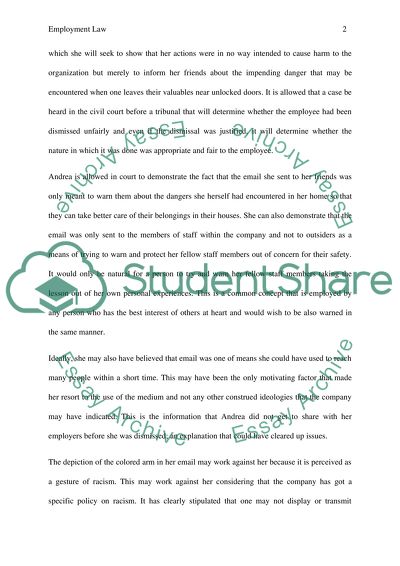Cite this document
(“Essay on Employment Law in Australia Example | Topics and Well Written Essays - 2000 words”, n.d.)
Retrieved from https://studentshare.org/law/1456574-employment-law-australia
Retrieved from https://studentshare.org/law/1456574-employment-law-australia
(Essay on Employment Law in Australia Example | Topics and Well Written Essays - 2000 Words)
https://studentshare.org/law/1456574-employment-law-australia.
https://studentshare.org/law/1456574-employment-law-australia.
“Essay on Employment Law in Australia Example | Topics and Well Written Essays - 2000 Words”, n.d. https://studentshare.org/law/1456574-employment-law-australia.


